Making work from home work for you, with Dorrie Rush, Jane Breheney and Jaydan Mitchell.
Full Playlist:
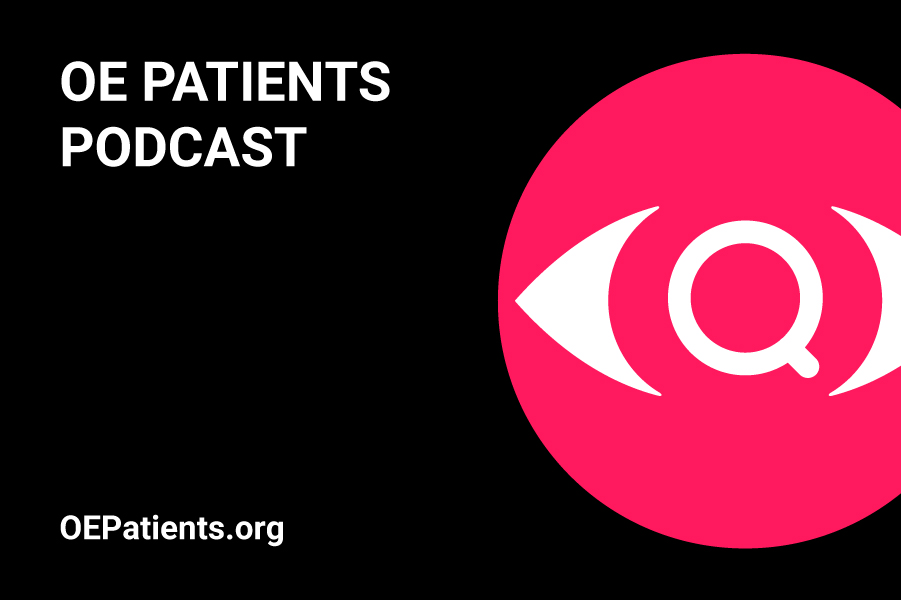
Making work from home work for you, with Dorrie Rush, Jane Breheney and Jaydan Mitchell.
Full Playlist:


The foods we consume can play a powerful role in preventing or minimizing the progression of age-related macular degeneration. Read Now

Falling becomes significantly more dangerous as we age. Alice Massa, OT, shares her expert advice aimed at elevating awareness and lowering our risk of taking the fall at all. This page was so popular, we decided to record a podcast with the same title…linked with our podcasts below. Read Now
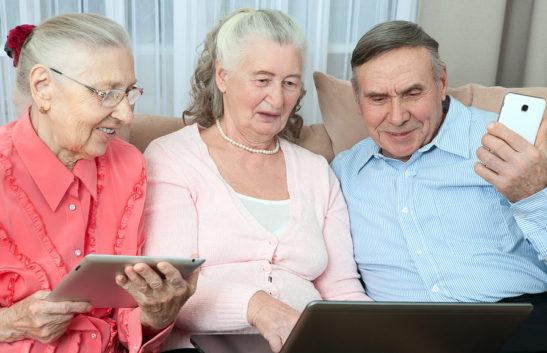
The American Academy of Ophthalmology says many more people will have low vision in the coming years and the tragedy is most are unaware of how to deal with it. OE highlights the information everyone needs to know.
Read Now
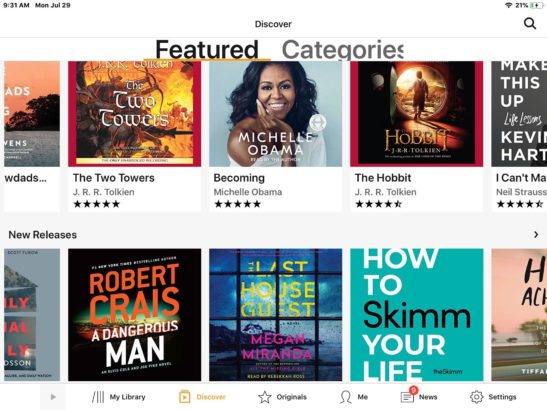
Alexa can read Kindle and Audible books from a Fire tablet or an Echo speaker. Once it’s set up, all you have to do is ask. Read Now

Ride-sharing services are available with the tap of an app. Here are some tips for customers with vision loss.
Read Now
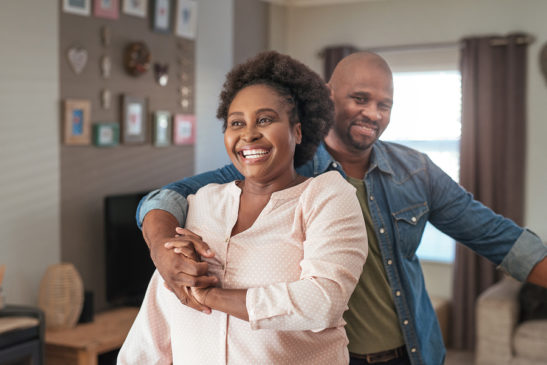
Healthy aging is not just about how you look, it has everything to do with how you see. Take these steps today to preserve your sight for tomorrow. Read Now

If you’ve ever wished you could just borrow a good pair of eyes to help with a quick task, you’ll definitely want to read this post. Read Now

Our gift guide from last season remained a top page all year and the selection holds up beautifully. Read Now
This year’s list is also not to be missed. Read Now
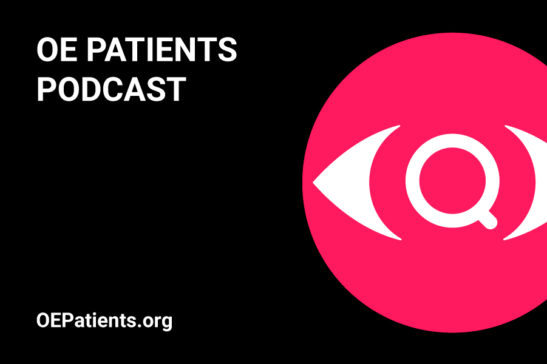
There is no doubt about it, the big star of 2019 was the launch of our podcast. Subscribe to OE Patients Podcast on Apple Podcasts, Spotify, or listen on OE.
Episode 1: Siri, Google & Alexa
Episode 2: Don’t Take The Fall, Prevent It
Episode 3: A Conversation With Hadley’s Douglas Walker
Subscribe to our Monthly Roundup emails so you won’t miss a thing in 2020! Sign Up Now
This post was first published December 19, 2019 and resurfaced September 3, 2020.

Audiobooks are an excellent alternative when vision loss takes our ability to enjoy print. In this episode, Dorrie Rush addresses questions and feedback from part 1 & 2.
Full Playlist:

Optimism and positivity are inherited traits. Studies show they can also be learned behaviors. It is never too soon, or too late, to build the skills that help us bounce back from adversity.
Facing vision loss is a daunting proposition by any standard. Although we may feel discouraged and overwhelmed at times, getting trapped in negativity is detrimental to overall health and well-being.
Possessing the ability to change the way we think, is a gift in itself. Choosing to exercise our mental muscle builds resilience and resolve. Working on a brighter perspective won’t improve your eyesight, but it will help you see better.
Visual impairments range from minor to severe across a wide spectrum. Even the great majority of people meeting the qualification for “legal blindness” have significant usable sight. People generally exhibit an amazing ability to adjust and carry on. A positive outlook and can-do spirit are qualities key to success.
Here are a few steps toward a brighter perspective:

Tell us: what keeps your glass half full?
This article was first published August 7, 2017 and refreshed August 20, 2020

Audiobooks are an excellent alternative when vision loss takes our ability to enjoy print. Learn all about the best options for accessing audiobooks in our conversation with guest, audiobook reviewer and book club moderator, Michelle Ritholz.
Show notes:
Full Playlist:

There is no denying, the COVID19 pandemic forced us to ask ourselves some important questions. Have I prioritized my health and well-being? Do I have enough saved for an emergency? Do I want the ventilator or not? Who gets my property should I die? Suddenly we faced the cold realization, there is no guarantee of tomorrow. As social activities deferred to a later date, the idea of creating a will began moving to the top of many a to-do list.
When preparing a legal document, it’s always wise to consult a professional. We talked with colleague and friend, Mary Fern Breheney, Esq. Here’s what she wants everyone to know.
If you care about how your property and financial assets are distributed, a will is the written legal document that specifies and carries out your wishes. Without this document, your property will be disposed of according to the inheritance laws governed by your state of residence. That may ultimately be okay with you, but do educate yourself before relinquishing control.
When you die, your Will is submitted to the Court for Probate. This gives your Executor the authority to locate assets and distribute your estate according to the terms of your will.
Mary Breheney also advises, “Be sure you know the difference between probate and non-probate.” For example, assets with named beneficiaries supersede the directives of a will.

You need to know how your real estate is owned, how your assets are titled (joint or individually owned), and whether you have named beneficiaries on financial accounts and insurance policies. To prepare for estate planning, gather documentation for all of your assets including: real estate, business interests, retirement accounts, bank accounts, investments, life insurance, annuities, cars, boats, jewelry, art and furniture.
Decide how your property and financial assets should be distributed and understand what assets the will controls. Your attorney will ask if beneficiaries and loved ones have special needs or spending problems. A Trusts & Estates attorney will counsel clients on the pros and cons of outright inheritances or including Testamentary Trusts in your will.
Mary noted, “A will allows you to appoint someone you trust to manage the process, as executor, trustee or guardian.” She recommends thoughtfully considering your selection. It is equally important to name back-up or alternate executors, in case the first choice is unable or unwilling to take on the responsibilities of the job. The role of executor is, more often than not, a time consuming, detail-oriented position. Discuss the possible challenges with your chosen executors and consider adding an estate professional to assist with these duties.
Let your executor know where exactly your original executed will is to be found. Revisit the document every few years and revise if necessary. Keeping the document current ensures your wishes are carried out.
Legacy gifts are a meaningful source of support for nonprofit organizations. Mary Breheney says that many clients, even those of modest means, consider including meaningful philanthropic gifts to reputable organizations in their estate plans. There are a number of ways to do this and it’s always good to first consult with your attorney.
The pandemic brought a sense of urgency, not only, to the need for a written will, but also to the designation of an agent in a healthcare proxy. Take this opportunity to create this document which authorizes a person to make healthcare decisions when you are unable. And naturally, let that person know how to carry out your wishes.
Although there are many ways to create legal documents online, doing that without an experienced attorney is risky. You might save some cash up front, but your heirs could lose big bucks to an error. Get a personal reference for an estate planning attorney, or do some on-line looking to complete the process of documenting your final wishes with confidence. It will give you back a sense of control.

Audiobooks are an excellent alternative when vision loss takes our ability to enjoy print. Learn all about the best options for accessing audiobooks in our conversation with guest, audiobook reviewer and book club moderator, Michelle Ritholz.
Show notes:
Full Playlist:

In early 2020 I was invited to write an article for the ophthalmic journal, Retinal Physician. The prospect was delightful, because there is only one thing I enjoy as much as enlightening patients about the best solutions in low vision technology, and that is to elevate the awareness of their physicians. The article was submitted at the end of March just as the COVID pandemic was kicking into high gear. The timing for this topic was now in question and I wondered when would it again be relevant? The rebound was quicker than I expected, and in May the editor offered an opportunity to reframe the conversation for a pandemic world. We did that and the article was published in the July/August 2020 issue.
The intention of this article is to bring physicians up to date on the proliferation of smart technology options and apps for compensating low vision. Patients are far more enthusiastic to embrace everyday accessible technology, as opposed to expensive and stigmatizing assistive devices. One of the powerful benefits, it helps retain, or recover, a semblance of normal. As the months and years move forward we will find the majority of patients are engaging with some of these devices.
The article’s revelations were discussed on the Retina Podcast by Drs. Jay Sridhar, Priya Vakharia and Shriji Patel. All three agreed this was important information to share with their patients and that they probably had underestimated their older patients use of technology. Dr. Sridhar started the conversation by saying, “a whole new world opens up when you look at these apps that are available.” Dr. Vakharia said she, “was just blown away, and it might just be because it’s so simple and so easy. The technology is technology that patients have, and I just never thought about it.” She thought the Ai apps were “purely phenomenal” enabling patients to have a level of independence “I think low vision aids simply cannot provide.” Dr. Patel acknowledged that most of his patients carry an iPhone or Android smartphone and “they may not realize how much power they have in hand.”
The big question is how to help patients get this information? And the answer is, start talking about it.
Read the full article on Retinal Physician here.
Listen to episode 244 of the Retina Podcast here.
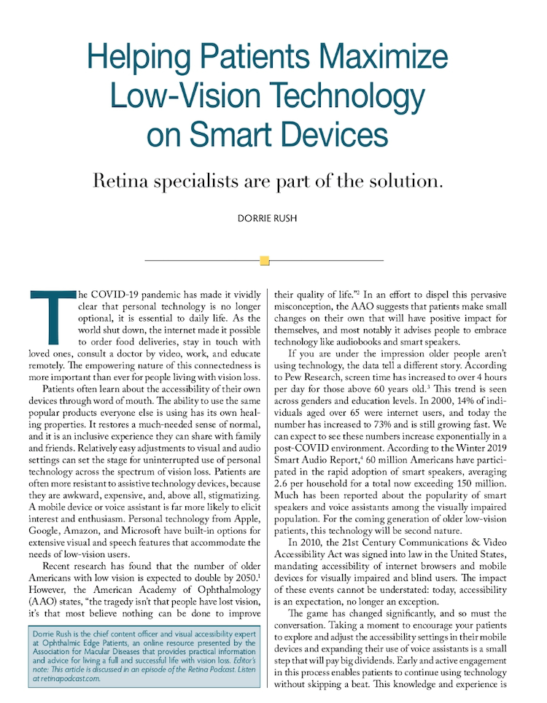

Listen to our insightful conversation with internationally recognized retina specialist, Allen. C. Ho, MD on the risks of deferring eye exams, the implementation of safety measures and how the lessons of the pandemic can improve options of convenience for patients longterm.
Full Playlist:

Although life has slowed in some ways during the COVID pandemic, this is most likely not a time you are feeling at one with the universe. You may be experiencing a chronic sense of alarm, or a constant undercurrent of anxiety. And coping with vision loss, on top of that, usually adds its own layer of insecurity. Wouldn’t you love to find a way to get a daily dose of Zen?
Let’s try meditation. It doesn’t have to be difficult or time consuming for it to work, and you can begin benefitting from just a few minutes a day, right away. The more you do, the better you get. The simple act of being still and breathing deeply lowers stress hormones and can help with depression, anxiety and sleep issues. Meditation is a loving and mellow fitness program for your mind. No Sweat.
There are plenty of apps and guided meditations available to try, but the best way to begin a mediation practice may be this totally uncomplicated 4-step approach.
1. Designate a place to meditate each morning at the same time.
2. Mute your phone and turn off all other noise you can control.
3. Sit in a chair with back straight, shoulders relaxed, feet on the floor and hands in your lap with palms up or down. The idea is to be as neutral as possible so there’s no need to fidget.
4. Close your eyes and focus on your breathing. Take a long breath in and let it out slowly. Listen to the rhythm of your breathing.
Commit to at least 5 minutes each morning for the first week. When you feel ready, add a second meditation at the end of the day and increase the time of each practice to 10, 15 or 20 minutes as you progress.
To get started, keep it as simple as possible. Set a gentle timer so you won’t have to think about the time that has elapsed. Your mind will wander, that’s okay, bring it back to focus on the breathing. It may be helpful to count to 4 as you inhale and again as you exhale. Feel free to add some soothing music, a version of the lotus position, and a peaceful word or mantra, if you like.
This is simple, entry level meditating. Keep it up and feel the benefits, short term and long. Or let it be the springboard to becoming a Zen Master. Either way, it’s just minutes a day, and your mind, body and soul will thank you for it.